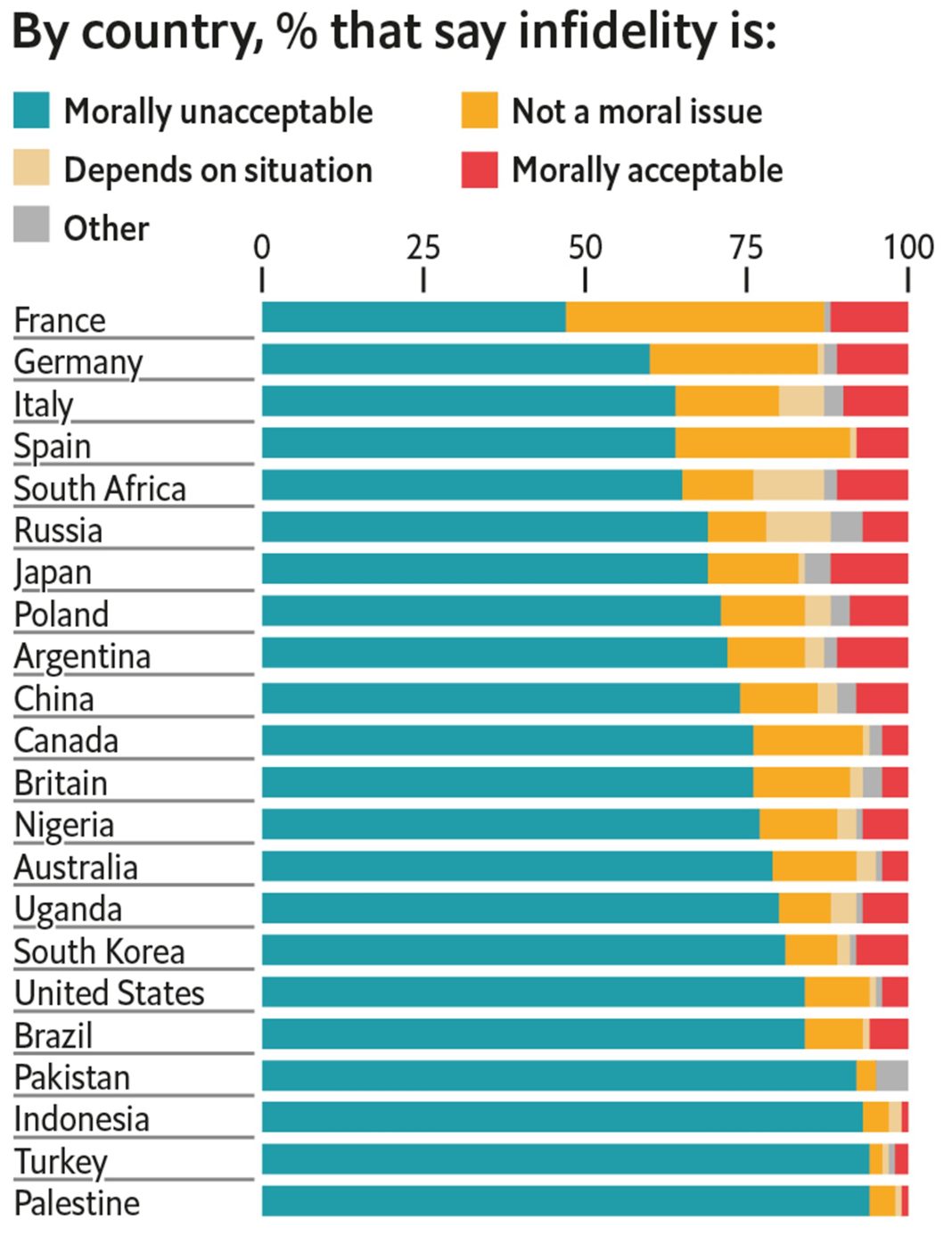 The Biden administration has taken a significant step towards reducing prescription drug costs by releasing new prices for the first 10 medications subject to negotiations between Medicare and drugmakers. This move is a key provision of President Joe Biden’s Inflation Reduction Act, signed into law two years ago. However, this announcement is just the beginning of a multi-round process that could potentially save taxpayers and older Americans more money over time.
The Biden administration has taken a significant step towards reducing prescription drug costs by releasing new prices for the first 10 medications subject to negotiations between Medicare and drugmakers. This move is a key provision of President Joe Biden’s Inflation Reduction Act, signed into law two years ago. However, this announcement is just the beginning of a multi-round process that could potentially save taxpayers and older Americans more money over time.
The agreed-upon prices, which will be implemented in 2026, will set a precedent for future negotiations that will begin next year. These negotiations are expected to impact the prices of numerous widely used drugs made by major pharmaceutical companies. Leigh Purvis, a prescription drug policy principal with AARP Public Policy Institute, emphasizes that this is just the beginning and that more drugs will be included in future negotiations.
While the exact savings from the negotiated prices are unclear due to the lack of publicly available net prices after rebates, the Biden administration estimates that these prices will result in approximately $6 billion in net savings for the Medicare program and $1.5 billion in out-of-pocket savings for beneficiaries in 2026 alone. Tricia Neuman, executive director for the Program on Medicare Policy at KFF, acknowledges that the negotiations have gone smoothly so far and anticipates increased savings as more drugs are included in future rounds.
The negotiations could also put pressure on pharmaceutical companies in the coming years. Many of the drugs in the first round of negotiations are nearing patent expirations, which will open the market to competition from cheaper generics. For example, Bristol Myers Squibb’s blood thinner Eliquis is set to lose patent exclusivity in the U.S. in 2028. As more drugs further from losing market exclusivity are selected for future negotiations, pharmaceutical companies may face more challenges and revenue losses.
The Biden administration will select up to 15 more drugs for the next round of price talks by February 2025, with new prices taking effect in 2027. Participating in the program is a no-brainer for companies, as they face steep excise taxes or the loss of access to federal Medicare and Medicaid programs if they choose not to participate. Jeff Jonas, a portfolio manager at Gabelli Funds, predicts that the next round of negotiations will likely include Novo Nordisk’s top-selling diabetes drug Ozempic.
There is speculation that the government was lenient on pharmaceutical companies this year due to it being an election year and the first time negotiations were being conducted. However, after the second round of negotiations, the Centers for Medicare and Medicaid Services (CMS) can negotiate prices for another 15 drugs that will take effect in 2028. The number of drugs subject to negotiations will increase to 20 per year starting in 2029. CMS will also expand the scope of negotiations to include specialized drugs covered by Medicare Part B, which typically require administration by doctors.
Negotiations for Medicare Part B drugs could pose a bigger threat to the pharmaceutical industry, as these drugs are not discounted as steeply as those covered by Part D. David Risinger, an analyst at Leerink Partners, suggests that Part B drugs have farther to fall in terms of pricing. Furthermore, negotiations for 2028 price changes could potentially include big cancer drugs like Merck’s Keytruda.
The expansion of negotiations and the intensity of future rounds will likely depend on the political landscape. Vice President Kamala Harris, if elected president, would likely seek to expand the scope of negotiations and be more aggressive on discounts. However, passing legislation to bolster the policy will depend on which party controls the House and Senate.
The pharmaceutical industry has raised concerns that these negotiations could impact their revenue, profits, and innovation in the long term. Steve Ubl, the CEO of PhRMA, the pharmaceutical industry’s largest lobbying group, warns that the price talks could result in fewer treatments for various conditions, including cancer, mental health, and rare diseases. They argue that this fundamentally alters the incentives for drug development.
Critics of the industry’s stance point out that Medicare can start negotiating prices for small-molecule drugs as early as nine years after FDA approval, compared to 13 years for biologics. The pharmaceutical industry argues that this distinction may discourage investment in small-molecule drugs.
Overall, the release of new prices for the first 10 medications subject to negotiations between Medicare and drugmakers marks an important milestone in the Democrats’ efforts to reduce prescription drug costs. While the immediate impact is uncertain, the negotiations have the potential to save billions of dollars for the Medicare program and beneficiaries. As future rounds of negotiations take place, pressure on pharmaceutical companies may increase, leading to more significant cost reductions. The expansion of negotiations to include Medicare Part B drugs could pose a greater threat to the pharmaceutical industry. The outcome will depend on the political landscape and the willingness to pass legislation that supports these negotiations.


